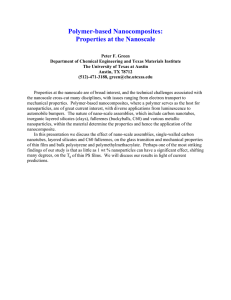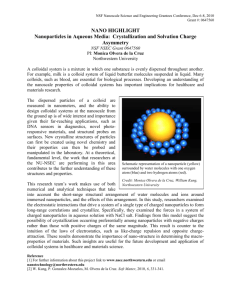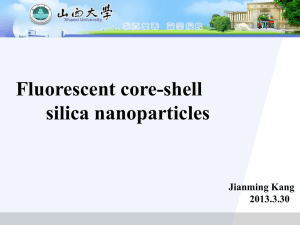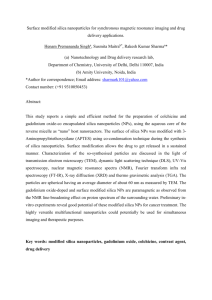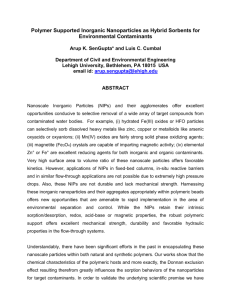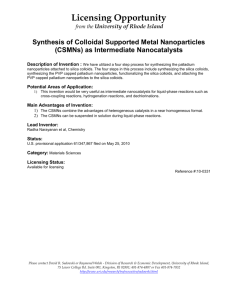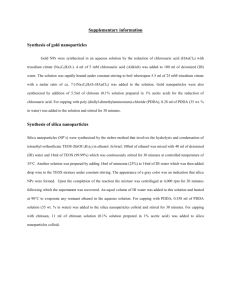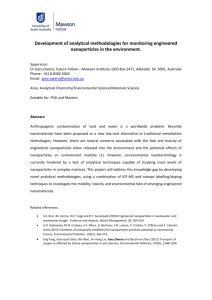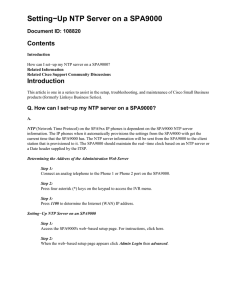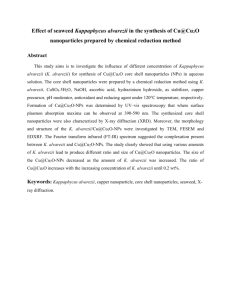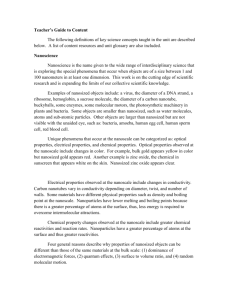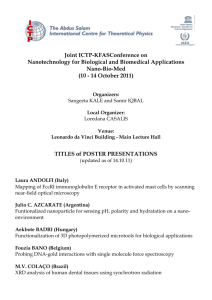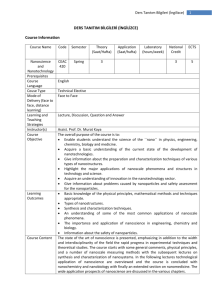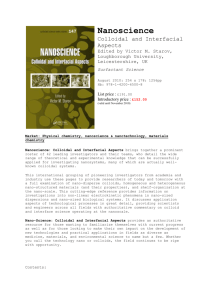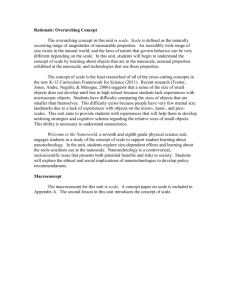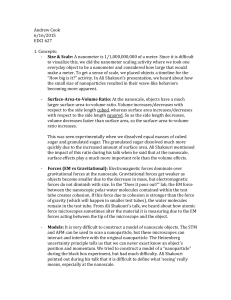Li-ZhulanovNS_eng
advertisement
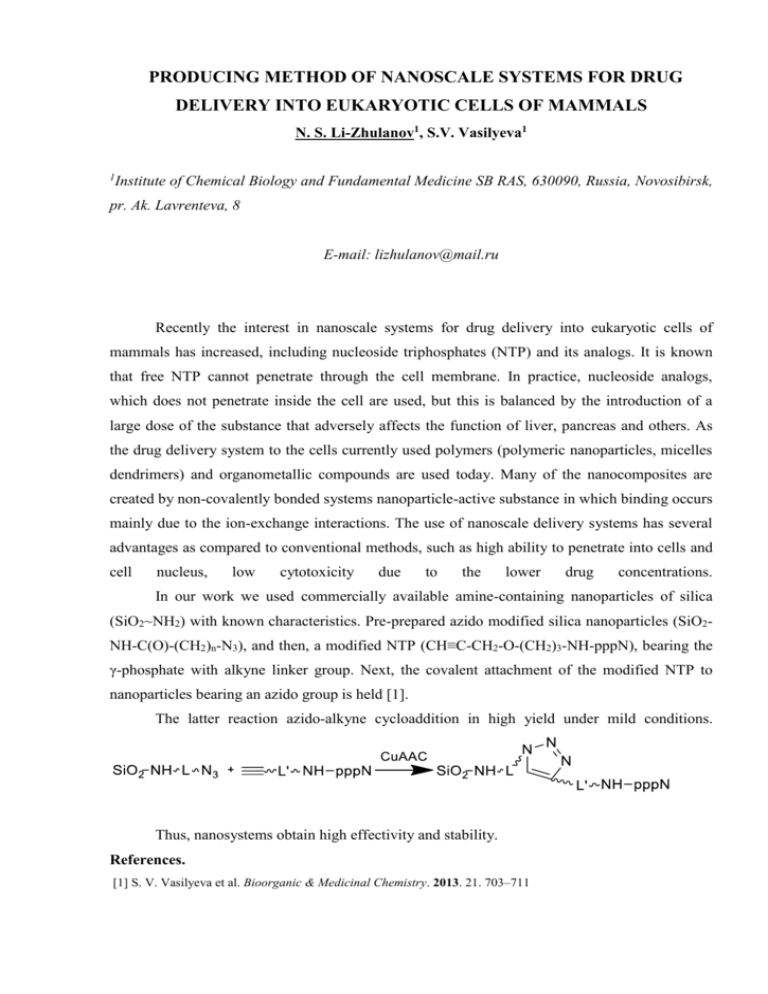
PRODUCING METHOD OF NANOSCALE SYSTEMS FOR DRUG DELIVERY INTO EUKARYOTIC CELLS OF MAMMALS N. S. Li-Zhulanov1, S.V. Vasilyeva1 1 Institute of Chemical Biology and Fundamental Medicine SB RAS, 630090, Russia, Novosibirsk, pr. Ak. Lavrenteva, 8 E-mail: lizhulanov@mail.ru Recently the interest in nanoscale systems for drug delivery into eukaryotic cells of mammals has increased, including nucleoside triphosphates (NTP) and its analogs. It is known that free NTP cannot penetrate through the cell membrane. In practice, nucleoside analogs, which does not penetrate inside the cell are used, but this is balanced by the introduction of a large dose of the substance that adversely affects the function of liver, pancreas and others. As the drug delivery system to the cells currently used polymers (polymeric nanoparticles, micelles dendrimers) and organometallic compounds are used today. Many of the nanocomposites are created by non-covalently bonded systems nanoparticle-active substance in which binding occurs mainly due to the ion-exchange interactions. The use of nanoscale delivery systems has several advantages as compared to conventional methods, such as high ability to penetrate into cells and cell nucleus, low cytotoxicity due to the lower drug concentrations. In our work we used commercially available amine-containing nanoparticles of silica (SiO2~NH2) with known characteristics. Pre-prepared azido modified silica nanoparticles (SiO2NH-C(O)-(CH2)n-N3), and then, a modified NTP (CH≡C-CH2-O-(CH2)3-NH-pppN), bearing the γ-phosphate with alkyne linker group. Next, the covalent attachment of the modified NTP to nanoparticles bearing an azido group is held [1]. The latter reaction azido-alkyne cycloaddition in high yield under mild conditions. Thus, nanosystems obtain high effectivity and stability. References. [1] S. V. Vasilyeva et al. Bioorganic & Medicinal Chemistry. 2013. 21. 703–711
